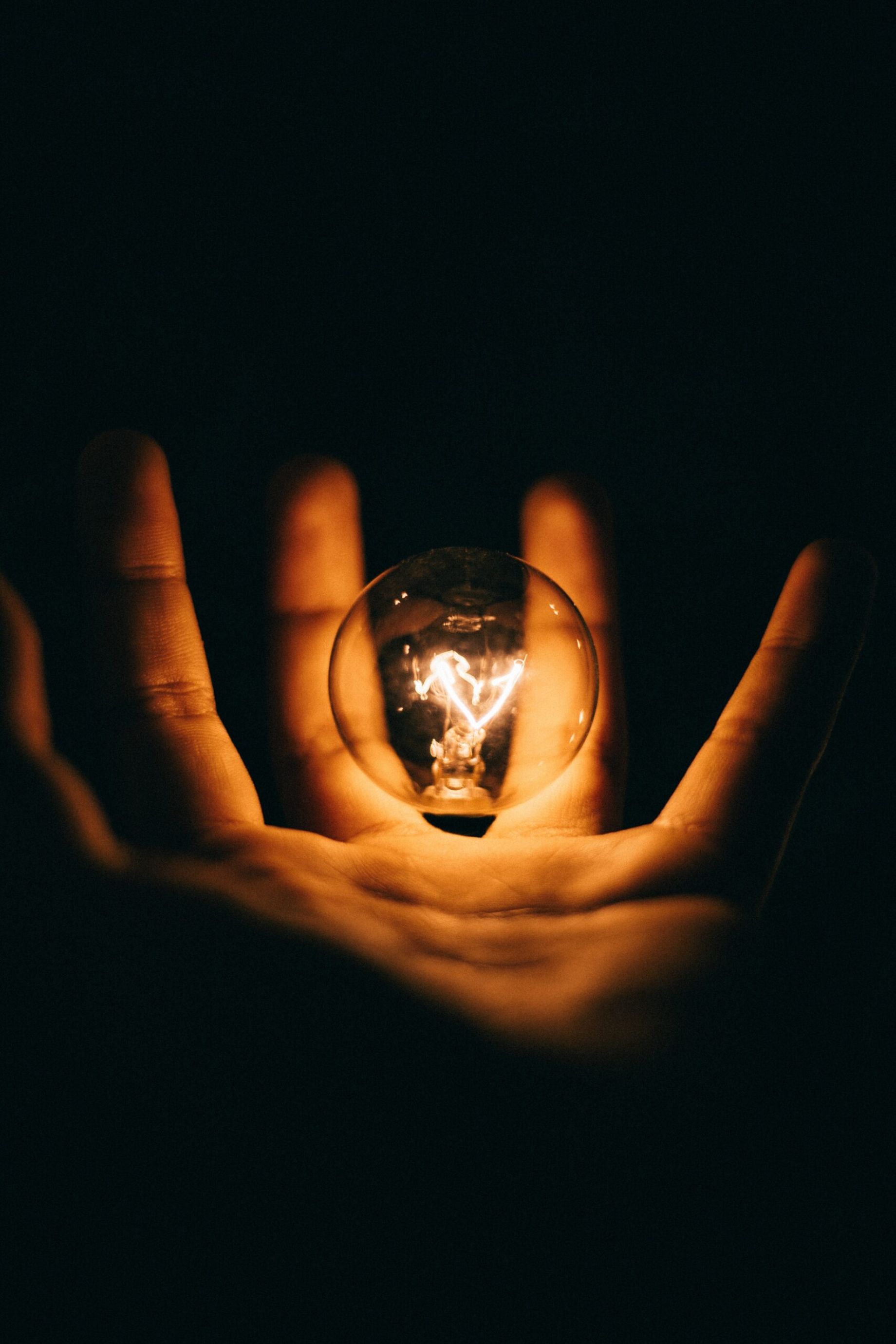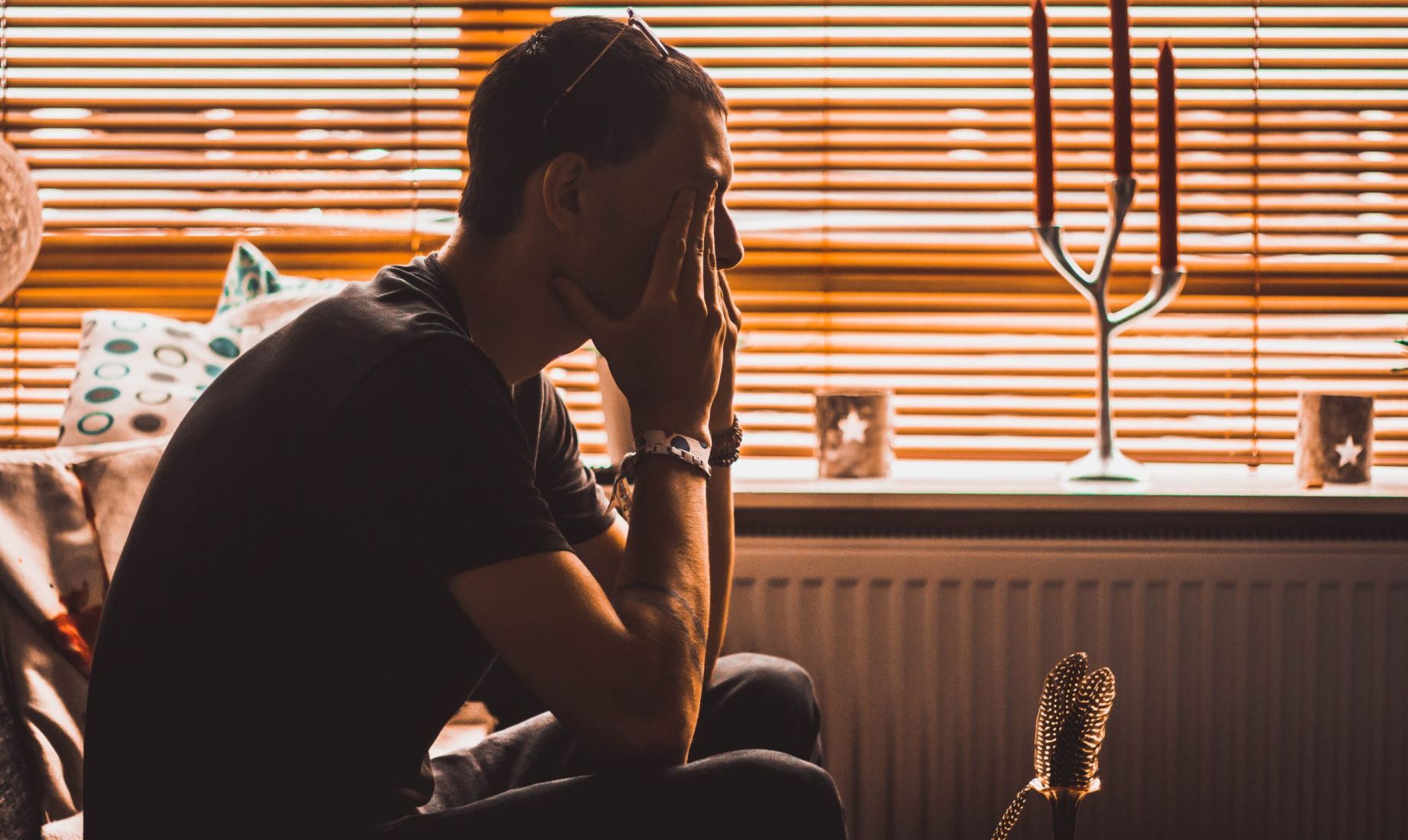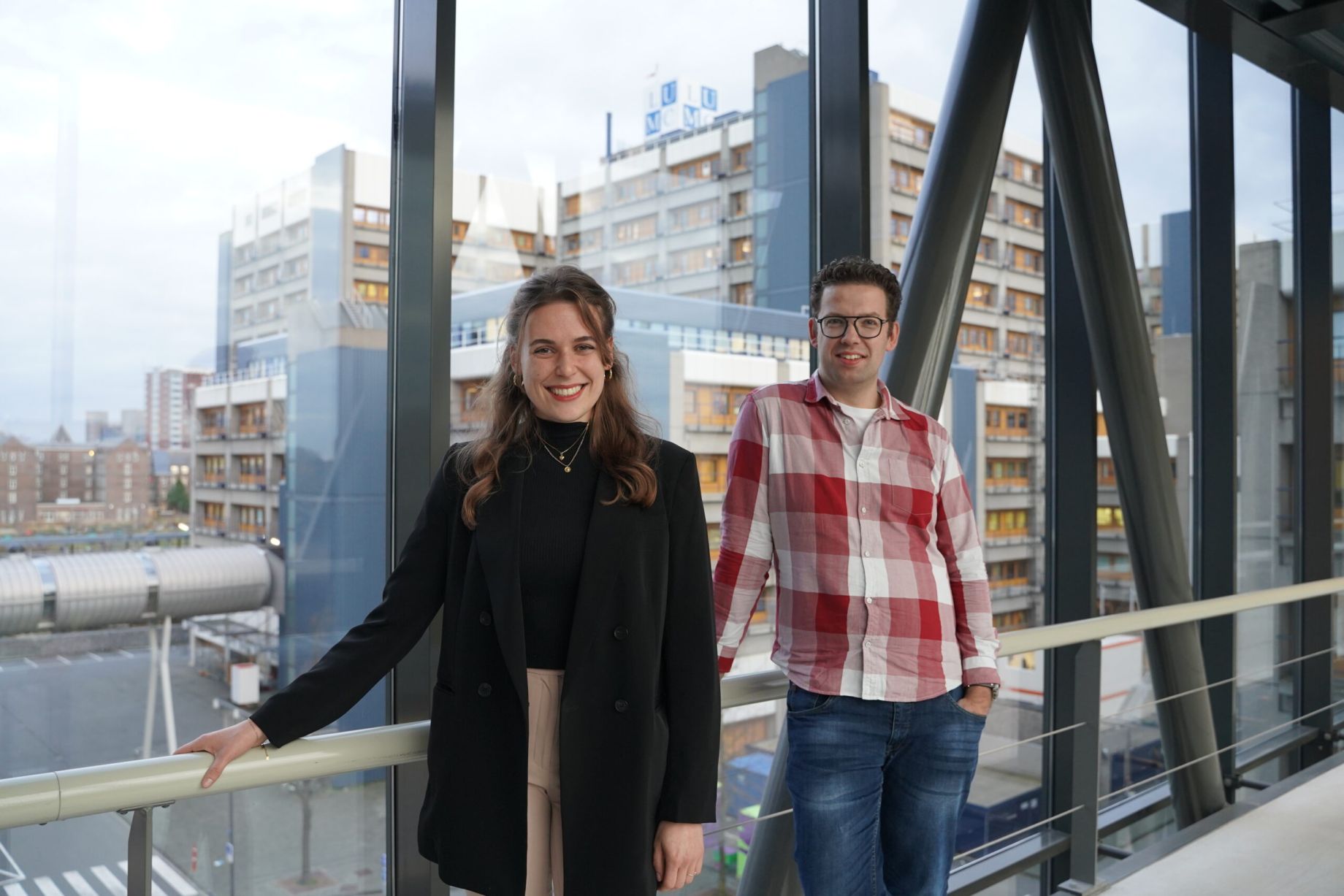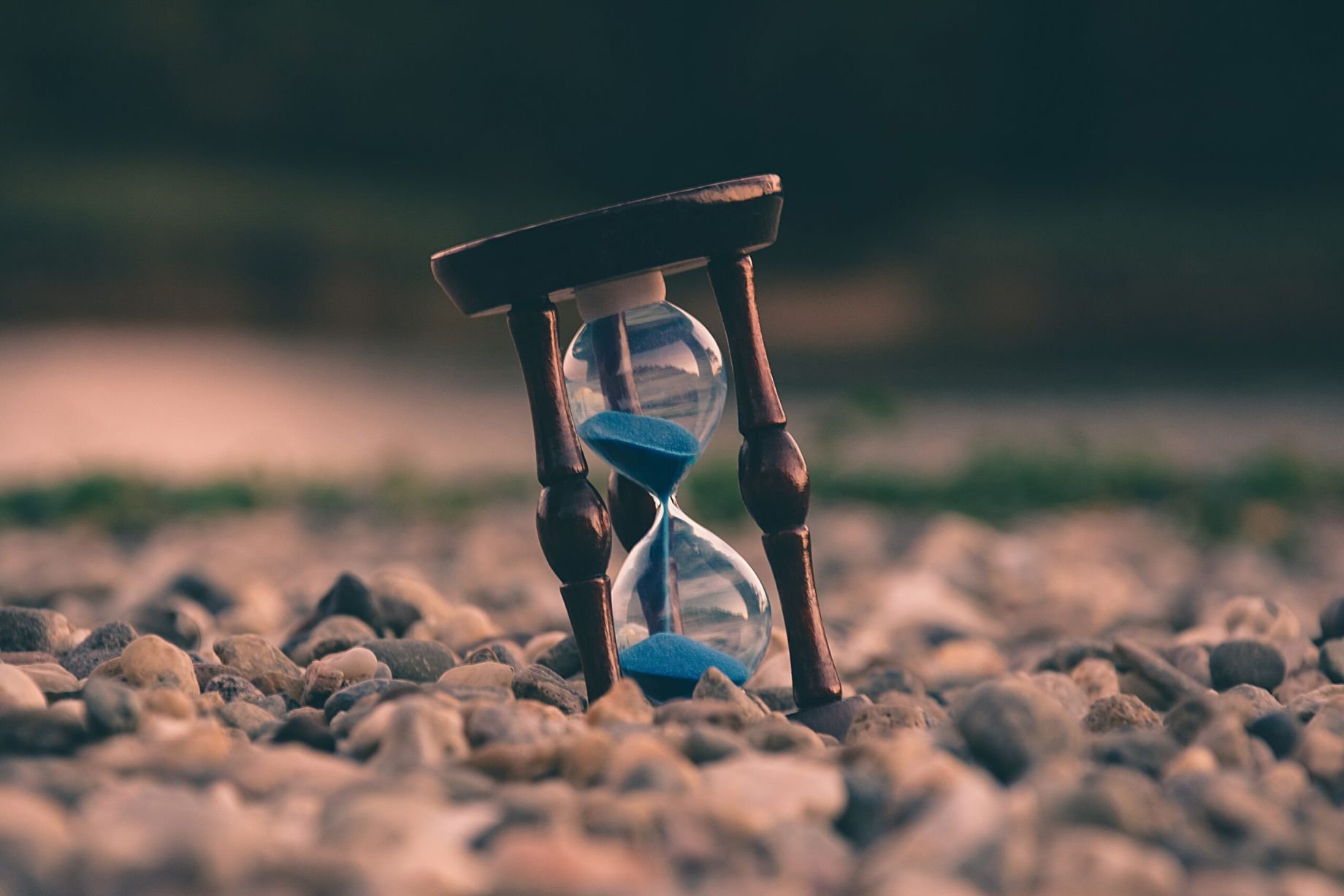Author: bioclock
In May 2022, Francesca Borghese started her PhD project at the University of Groningen. She will study how light affects humans, in several ways. She will be supervised by prof. Roelof Hut.
Who are you? Hi, my name is Francesca! I was born in Italy and grew up in different countries in Asia and Africa, before moving to Switzerland during my teenage years. I love travelling, discovering new cultures, food and in my free time I enjoy reading, spending time with friends, video...
One-year-update: Laura wants to improve the clock and mental health of students
PhD candidate Laura Pape has started over a year ago on her project in WP1.4. It is time for an update on her findings and plans.
E-health for university students
by Laura Pape
My project in work package 1.4 is about the effectiveness of a guided e-health intervention on improving sleep and mental in university students. Together with my research team, Dr. Niki Antypa and Prof. Philip Spinhoven from Leiden University, and Prof. Annemieke van Straten and Dr. Sascha...
BioClock researchers win AWARDS!
We are happy to announce that our BioClock researchers from different clusters are awarded with several prizes. Congratulations to all!
PhD candidate Gali Albalak has won the Piet Visser poster award at the NSWO – Dutch Society for Sleep-Wake Research.
Gali Albalak on the most left
Kamiel Spoelstra has won the Stairway to Impact Award from NWO (Nederlandse Organisatie voor Wetenschappelijk Onderzoek) for his research into the impact of nocturnal light:...
New publication: Timing of exercise matters for cardiovascular health
BioClock PhD candidate Gali Albalak and her team at the Leiden University Medical Centre have published a new study which shows that the time of preferred exercise is associated with the risk for cardiovascular health problems, as well as the risk for stroke. People who prefer to exercise in the morning showed a 16% reduced risk for a heart attack and 17% reduced risk for stroke. They have used the UK biobank and included 85.000 participants for their analysis and published the...
23 project in a nutshell – The BioClock meeting!
On Monday, November 7th, close to 70 members of the BioClock consortium gathered at (Scheltema) Leiden for a fun and informative day; the cluster meeting. Nearly all PhD and Post doc candidates in short presented the current status of their project and discussed protocols, pilot results and future plans. In 18 short presentations, we met the worlds of writing medical-ethical protocols (to have your research approved prior to the start), how to best catch insects, didactic methods...
Why wintertime?
At the end of October it is here again, we will shift the clock an hour backwards. Will it be the last time we adjust our watch? BioClock hopes so because shifting the clock is not good for our health. Especially changing towards summertime, or daylight savings time because wintertime (or standard time) is better for our health. In the Netherlands, the choice of words is even worse as it is called summertime which has a positive connotation to it. This causes a bias of the people...
Special issue Nutrients: Effects of healthy on Chronic Diseases
Dear Colleagues,
This Special Issue discusses the effects of healthy lifestyles, focusing on diet, sleep, and exercise, on Chronic Diseases.
Health is a topic which is both long investigated, but also constantly developing. Among all the factors affecting health, lifestyle is the most controllable and influential factor. A proper diet, moderate exercise, and adequate sleep are the three cornerstones of a healthy lifestyle. Diet has been recognized as a common and modifiable...






